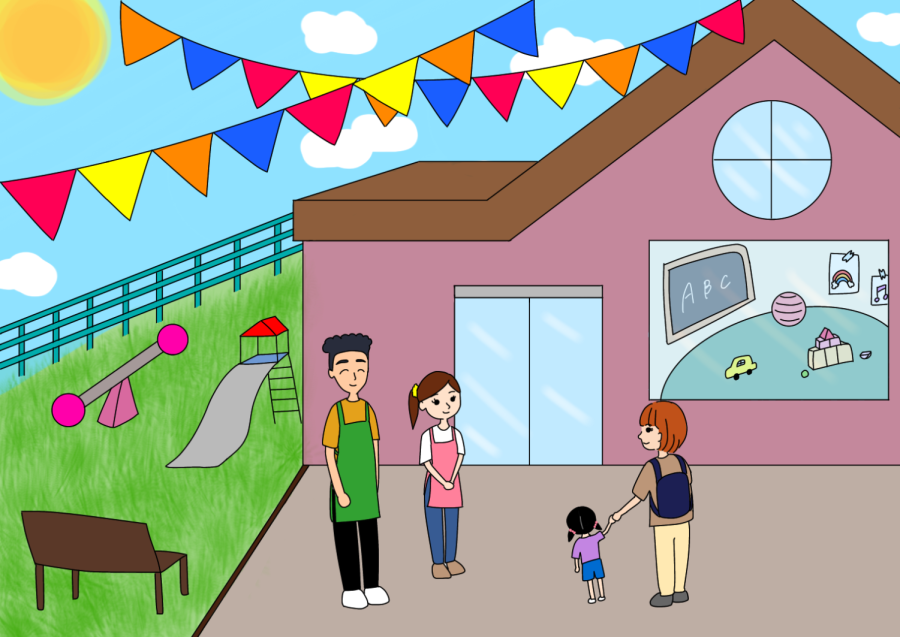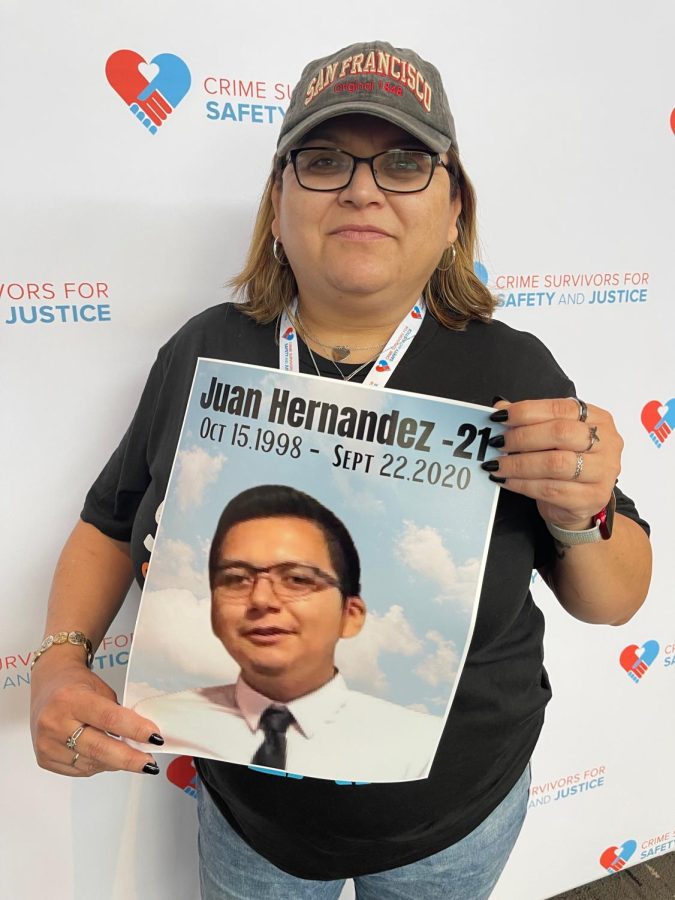Award-winning French filmmaker Thomas Balmes with producer Alain Chabat have produced one of the most original documentaries of the year with universal appeal titled, “Babies.” Documenting the development of four babies, the film follows the journey from birth to each baby’s first steps.
Babies featured in the film include Ponijao from Opuwo, Namibia, a country in Southern Africa; Hattie from San Francisco, California; Bayarjargal from Bayanchandmani, Mongolia; and Mari from Tokyo, Japan. Not only does the film attract a wide audience, because of the general consensus that people tend to like babies, it also demonstrates the journey of parenthood and creates a sense of awareness of other cultures because of the diverse nations each baby is born into.
The film does a great job of telling multiple stories from four different places in the world, yet intermingling each story to make a powerful film. Ponijao is born into a primitive village. Her mother, along with the other women of the village, are topless with body paint, braided hair and skirts that cover just enough to leave to the imagination.
There is little dialogue in the film, and most of the story is told through the baby’s interactions with their parents and siblings. Most scenes were of Ponijao developing her motor skills and the curiosity of this big world, she has been ushered into.
In one scene, Ponijao’s mother sits outdoors with a hut in the distance behind her. She and her other siblings fight over which of her mother’s breast to suckle on, and she begins to cry. Her mother nonchalantly grabs her breast and proceeds to shove it into her mouth.
The simple act of a mother feeding her child, is displayed in a way that is so different than what the general public may be used to. But it is an act that many people can relate to.
The film transitions from a scene such as this to Hattie and her mother at a doctor’s appointment in San Francisco. The film kept a consistent focus on the babies. Instead of zooming in on the doctor and Hattie’s mother discussing sudden infant death syndrome, SIDS, the camera’s focus was on Hattie kicking and smiling as she was placed on a baby scale, with her mother and physician out of focus.
The only unpleasant or disturbing scene of the entire film was the birth of Bayarjargal in a small hospital in Mongolia. Although there weren’t any shots of him exiting through the birth canal, it was still graphic. Balmes captured Bayarjargal’s immediate entrance into this world with the umbilical cord visible and his skin a lighter shade because of all of the afterbirth he was covered in.
Shortly after this scene, the nurse tightly wraps up Bayarjargal in a blanket, and his mother, who has just endured child labor, climbs onto the back of his father’s motor cycle. His older brother, a toddler, is nestled between his father and the front of the motorcycle and the family rides off into the distance.
Mari, born in Tokyo Japan lives with her parents in the bustling city. She is in an urban environment and seen being pushed in a stroller by her well dressed mother with other women pushing their babies in strollers as well. In another scene, she is held by her mother in a glass elevator as it rapidly climbs floors with the bright lights of Tokyo as a backdrop.
Balmes did an excellent job of unifying each baby’s story. An example of this was each baby’s coexistence with animals. In Tokyo, as Mari was napping, the family’s pet cat would walk gently near her and purr. Hattie in San Francisco would coo and jump in her jumper as their cat walked by her. In Africa, Ponijao would place her hands inside their dog’s mouth and hit its paws as the dog would just squint and continue to look forward. In Mongolia, Bayarjargal is seen chasing his cat with his older brother and laughing.
The film closes with each baby’s attempts and final completion of taking their first steps. The closing scene is of Bayarjargal finally standing with the long grass of the Mongolian country side behind him.
The length of the film is just enough to entertain without being too drawn out. With a unique and creative approach to film making, it is not surprising that this film was a winner of the Heartland Award for being a “truly moving picture.”




